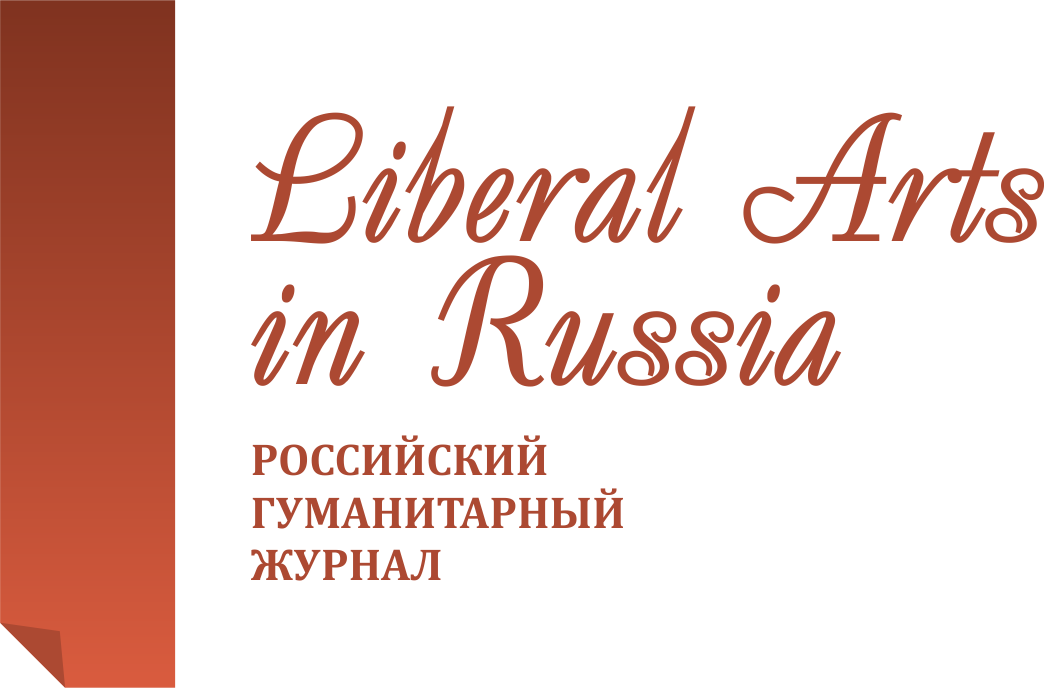National myth in German drama of the 1830-1870s
Liberal Arts in Russia. 2016. Vol. 5. No. 1. Pp. 52-57.
Get the full text (Russian) Email: menshikova4@yandex.ruAbstract
In the article three tragedies: “The Battle of Arminius” by Christian Dietrich Grabbe, “Nibelungs” by Friedrich Hebbel, “The Ring of the Nibelung” by Richard Wagner are considered. The aim of this paper is to investigate how history reception and mythological material correlates with the idea of national identity. The comparative-historical, typological and historical-genetic methods are applied in this publication. The genres of historical, philosophical and mythological tragedy became the most popular genres in the socio-political conditions in the 30s of the 19th century in Germany. Grabbe underlines the idea of the presence of the “local” regional history within the framework of the “big” and significant one. Grabbe paid attention to the historical process and historical figures, not to any particular historical event. In his last work, tragedy “The Battle of Arminius”, Grabbe showed his understanding of the country’s historical origins and the creation of a national myth. F. Hebbel and R. Wagner comprehend the images and motifs of Norse mythology as a universal model of human existence. While interpreting the story of Nibelungs, F. Hebbel notes not only its national roots but its universal source; he models the image of the world through the prism of the microcosm of Burgundians/Nibelungs. Wagner’s tetralogy is not so much an interpretation as a creation of the “new myth”. The images of Arminius and Siegfried have the features of the archaic primal forefather, “cultural hero” of the nation, who intimately related with Nature and home ground. Myth and mythological history are not only the tools of attainment of national identity but the means of reversion the modern man to the lost harmony of the Universe, which pertains to the mythological mind.
Keywords
- • tragedy
- • national myth
References
- Sharypina T. A. Svoeobrazie mifotvorchestva v khudozhestvennom mire Gansa Erikha Nossaka. Novye rossiiskie gumanitarnye issledovaniya. 2012. No. 7. URL: http://elibrary.ru/download/93921487.pdf
- Sharypina T. A. Vestnik Nizhegorodskogo universiteta im. N. I. Lobachevskogo. 2014. No. 3. Pp. 390–397.
- Sharypina T. A. Vospriyatie antichnosti v literaturnom soznanii Germanii XX veka (Troyanskii tsikl mifov): dis. d-ra filol. nauk. Nizhnii Novgorod, 1998.
- Potapova (Naumchik) O. S. Vestnik Nizhegorodskogo universiteta im. N. I. Lobachevskogo. 2014. No. 2–3. Pp. 120–125.
- Koroleva O. A. Vestnik Nizhegorodskogo universiteta im. N. I. Lobachevskogo. 2012. No. 1(2). Pp. 118–121.
- Koroleva O. A. Vestnik Nizhegorodskogo universiteta im. N. I. Lobachevskogo. 2014. No. 6. Pp. 205–208.
- Sharypina T. A., Men'shchikova M. K., Poluyakhtova I. K. Izvestiya vysshikh uchebnykh zavedenii. Povolzhskii region. Gumanitarnye nauki. 2014. No. 4(32). Pp. 111–124.
- Grabbe Ch. D. Marius und Sulla. Werke und Brife in 6 Bd. 1960. Bd. 1. Pp. 303–409.
- Grabbe Ch. D. Werke und Brife in 6 Bd. 1961. Bd. 3. Pp. 155– 381.
- Hebbel F. Die Nibelungen. Frankfurt am Main, 1966.
- Wagner R. Der Ring des Nibelungen. Leipzig, 1917.
- Hebbel F. Nibelungi. Izbrannoe v 2 t. Moscow: Iskusstvo, 1978. Vol. 2. Pp. 3–264.
